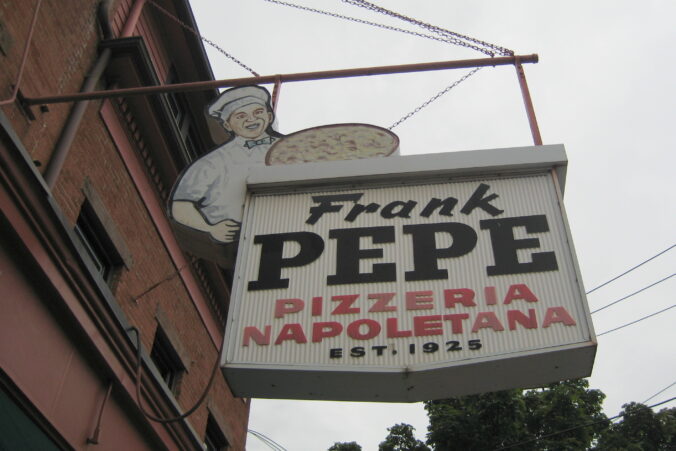The UVic Libraries Digital Scholarship Commons (2021) describes Twine as, “an open source tool that can be used to create stories that are interactive and non-linear.” Essentially it is a free platform in which you can create branched scenarios, choose your own adventure stories, and complex games. Twine stories are saved locally on the readers web browser, without a need to create an account, so there are little to no privacy issues – which is great news for introducing Twine to young students (2021).
This week, I created an interactive story with Twine titled, “Building a pizza with fractions.” I made this game to include in my final multimedia design project that a colleague and I are creating to assist in teaching fractions to young students. Below I will share my Twine story and the elements and learning involved in it’s interactivity.

Photo by Pablo Pacheco on Unsplash
My Twine Creation – A Fractions Pizza Game!
Game elements used
- Narrative – There is a story behind my game with the customer (the player) creating a pizza at a pizzeria.
- Immediate Feedback – With each selection (this or that) the player receives immediate feedback depending on their answer
- Player Control – The player has complete control over the outcome of the game
- Mastery – As the player progresses through the questions, they gain mastery over simple fractions skills.
Learning involved
Twine is an effective learning tool because it is fun, engaging, and it’s design helps to reduce essential overload for students by segmenting the material (one question per page). Twine also builds on students skills and knowledge as they progress through the interactions which will increase their motivation to play/learn.
As creators of Twine interactions, students would be introduced to basic coding, logic (if/then), and simple bits of html. I would not recommend Twine for primary students but I could see it being an incredible tool to strengthen computational thinking for intermediate-middle aged students. I could see students having a lot of fun with Twine and will definitely be using it again in the future!
Twine resources from our course site:
How to Use Twine (7 min) – An introduction to Twine including an example of using the platform for game design.
Let’s Play – Twine – A guide to gamification using Twine (from Thompson Rivers University)
Introduction | Interactive, Nonlinear Stories & Guided Interviews with Twine (uviclibraries.github.io) – Instructions from the UVic Library for using Twine for learning.
Twine Cookbook (twinery.org) – A comprehensive guide to using Twine from twinery.org.
W3Schools Online Web Tutorials – If you want to explore using some HTML or CSS in your Twine story this will give you the info you need to make it work.
Some neat augmented and virtual reality examples shared this week that I want to add:
Virtual Field Trips w/Google Expeditions
1943 Berlin Blitz Immersive Experience in 360
Virtual Reality Simulations for Public Speaking w/Virtual Speech

Leave a Reply